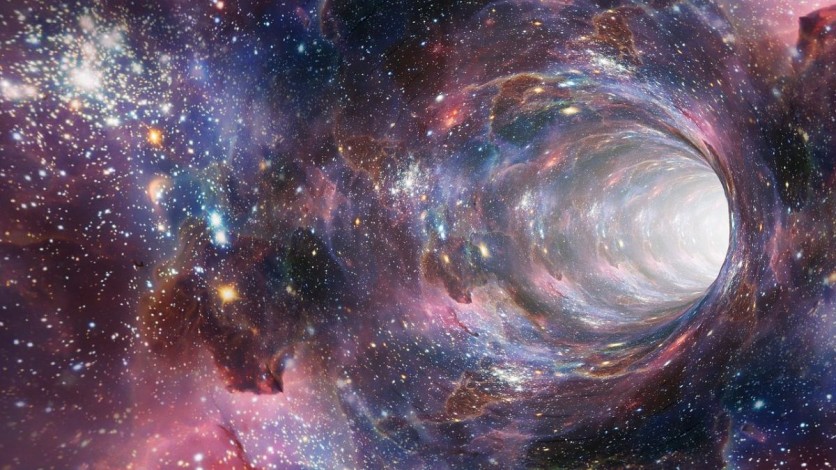When talking about a wormhole, one could only think about the bridge that connects two regions in the spacetime continuum, centering on a literal hole that warps people in another dimension. And the recent study from researchers attempted to make a simulation of this in a lab, using a quantum computer, but fair warning, the physicists themselves are already making it clear that it is not the real thing.
It is more of a simulation, but not exactly, to learn more about the real thing, which mostly centers on creating a simplified model that could explain the phenomenon.
Researchers Use a Quantum Computer for 'Wormhole Experiment'

While wormhole simulation is not a new thing in the field of research, a group of scientists engaged in another "quantum experiment" using Google's sycamore quantum computer to learn more about the phenomenon. The researchers published their paper entitled, "Traversable wormhole dynamics on a quantum processor," which the team published in Nature's journal.
The research team took advantage of the advancing trend in quantum computers for this experiment, one that aims to make a simulation of something relative to the real thing, but it is still not exactly it.
The team calls this experiment a novel "wormhole teleportation protocol," something that aims to create models and learn more about the actual thing with relevance to spacetime.
It is not a Real Wormhole, Also Not a Simulation
As Matt Strassler wrote in his blog post, "It's not the real thing; it's not even close to the real thing; it's barely even a simulation of something-not-close-to-the-real-thing," about the recent experiment. Strassler further said that this research could help inspire wormhole simulations in the world someday, but for now, it is not yet achievable.
Wormholes vs. Black Holes
One of the most famous examples of wormholes is the movie "Interstellar" by the brilliant mind of Christopher Nolan, and it centers on connecting two points in spacetime for people to travel. It sparked the public's curiosity regarding this cosmic phenomenon, as it tackles different myths and marvels in the world regarding space travel, as well as time traveling.
To further clarify this, there is a massive confusion behind a wormhole and a black hole, two objects that space has given the world a lot more to think of in this time.
While both represent holes in space, it centers on different features or phenomena in modern astronomical science.
Black holes do exist and are seen across the entire universe for their egregious presence, with these entities letting no light escape as it sucks objects using their gravitational pull and immense power.
On the other hand, wormholes are still myths now, centering on simulations and models only, with researchers trying to prove interstellar travel's possibility in the spacetime continuum.
The recent study from the team centers on an experiment to simulate a wormhole to learn more about it and discover more of its secrets using Google's quantum computer in the research. For now, the experiment is a quest to discover if these wormholes may exist in the fourth dimension, one that challenges the laws of physics and space travels known to man.
Related Article : Caltech Scientists Create a 'Baby Wormhole' with Quantum Computing For the First Time

ⓒ 2025 TECHTIMES.com All rights reserved. Do not reproduce without permission.




